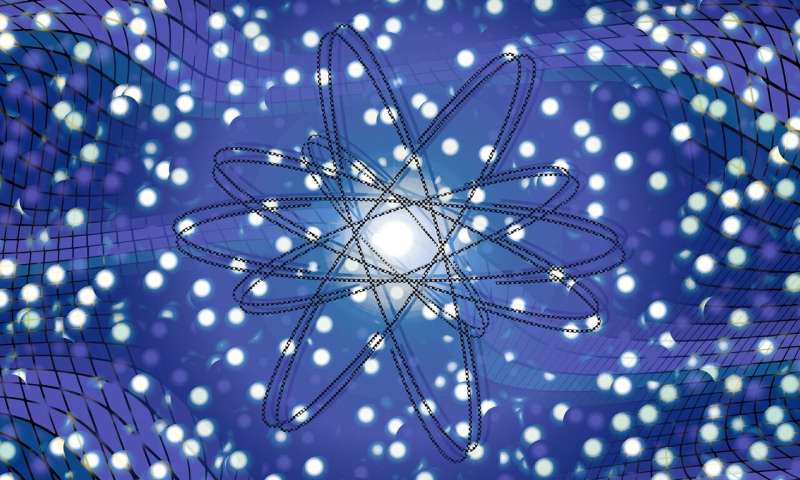
A human research team and a machine learning algorithm have found that we need to rethink much of what we know about iridium oxide.
Iridium oxide is an excellent catalyst for electrochemical reactions, and is typically used for the production of energy carriers such as hydrogen from water. Now it turns out that research on iridium oxide carried out so far has been based on a wrong basic assumption: The arrangement of the atoms on its surface is completely different to that previously assumed.
The way in which this surprising result was determined gives a tantalizing first glimpse of how research might be performed in the future: a collaborative effort between a human research team and artificial intelligence analyzed the same problem, and came to the same conclusion. Since the researchers at the TU Wien and the TU Munich reached the same result at the same time, they published their findings jointly in the journal Physical Review Letters.
How to cut a crystal?
"A crystal can have different surfaces with very different properties," explained Florian Kraushofer from Prof. Ulrike Diebold's research group (Institute for Applied Physics, Vienna University of Technology). "Let's imagine that we have a crystal made up of cube-shaped cells. If we cut through it, quite different surfaces arise depending on the direction we cut."
If you cut exactly in the direction of the cube cells, the surface consists just of squares. If you cut the cube cells diagonally, this also creates a regular surface, but with a different arrangement.
"When a crystal grows slowly, it normally forms the surface that is most favorable in terms of energy," says Kraushofer. Not all possible atomic arrangements are stable though, and in some cases the atoms shift or rearrange on the surface to save energy. "Typically, one needs to perform very complex simulations using a supercomputer to determine which geometric configuration is the most stable," explains Kraushofer. "In the case of iridium oxide, such calculations had shown that the most stable surface was formed in the so-called 110 direction, but our experiments showed something was amiss, and that another surface was more stable."

